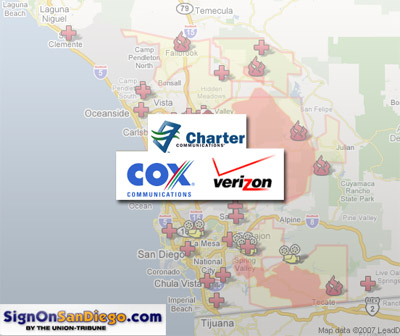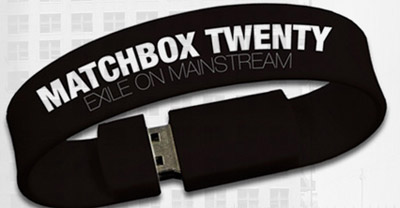
In some ways, getting TV services either from a telecom company, a satellite company, or a cable operator doesn’t make much of a difference to the average consumer. The basic content is the same (yes, there are differences in HD channels and some sports and premium channels availability), and for many of us the experience of watching a show on television is the same regardless of who provides it. (Don’t post hate comments. I know most people reading this blog are aware of differences in picture quality, DVR offerings, etc.)
However, one of the points coming across at this week’s TelcoTV show is that telecom operators have an opportunity to adjust the service model because they aren’t stuck in a historical subscription TV sales rut. For example, telcos could bundle content differently. Who is to say the programming tiers cable has developed are best? Certainly consumers complain about them, and while telcos aren’t likely to switch to an a-la-carte model, they could still package them quite differently. Starz is arguing it should be bundled with a lower-price tier because it’s what consumers want. (Maybe, maybe not) The Big Ten network is arguing the same thing, and has so far stuck it to the cable companies by launching with AT&T.


